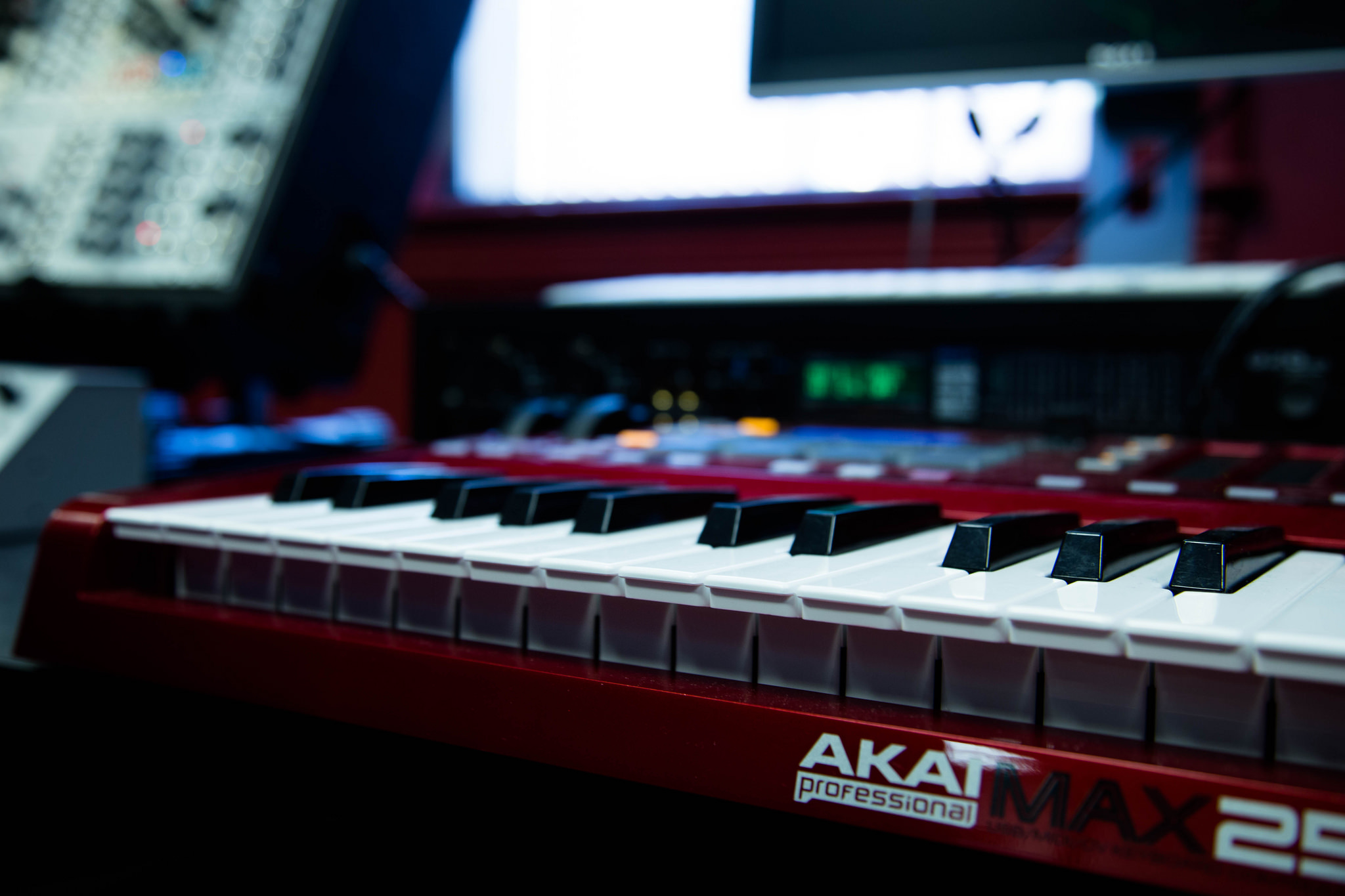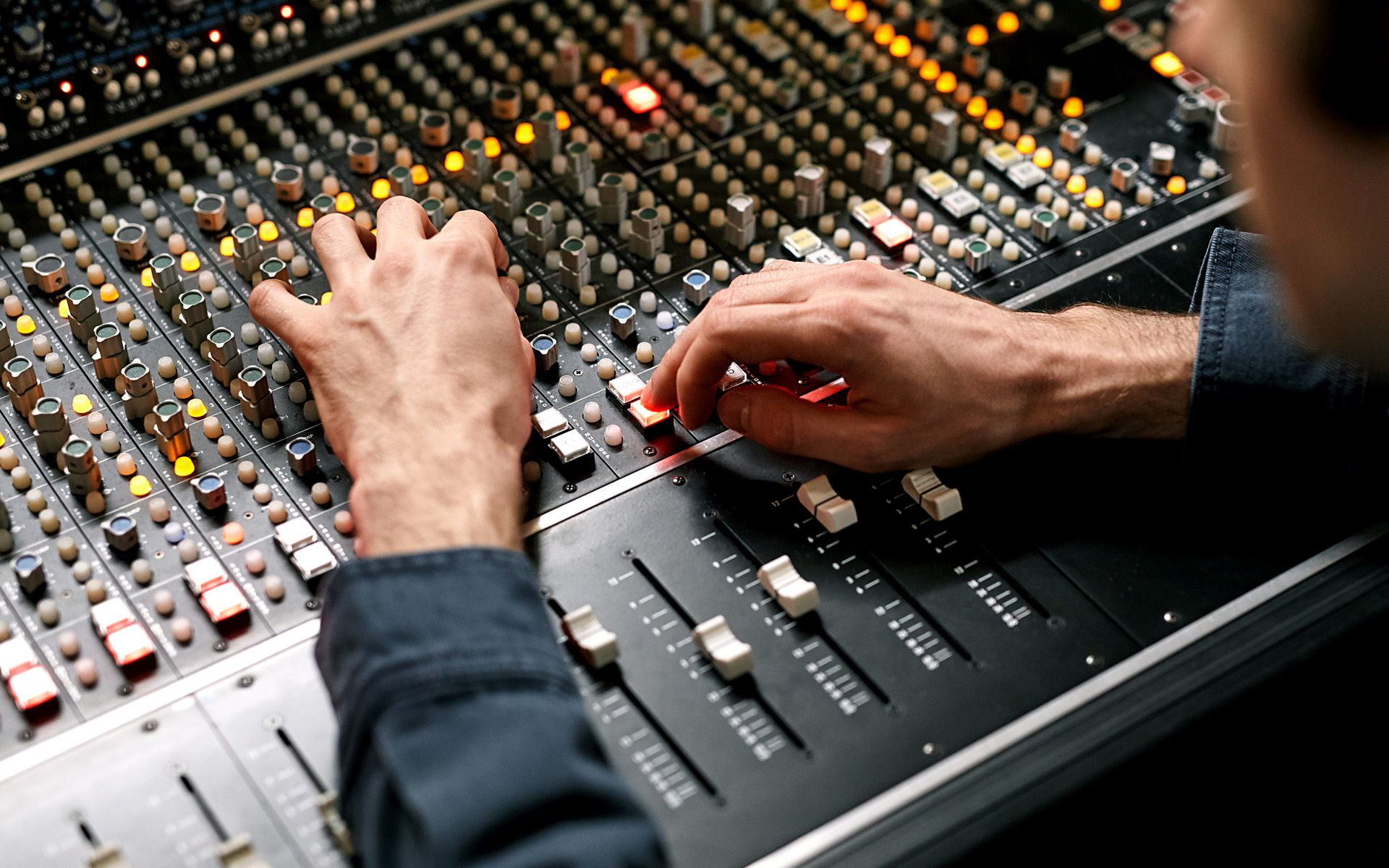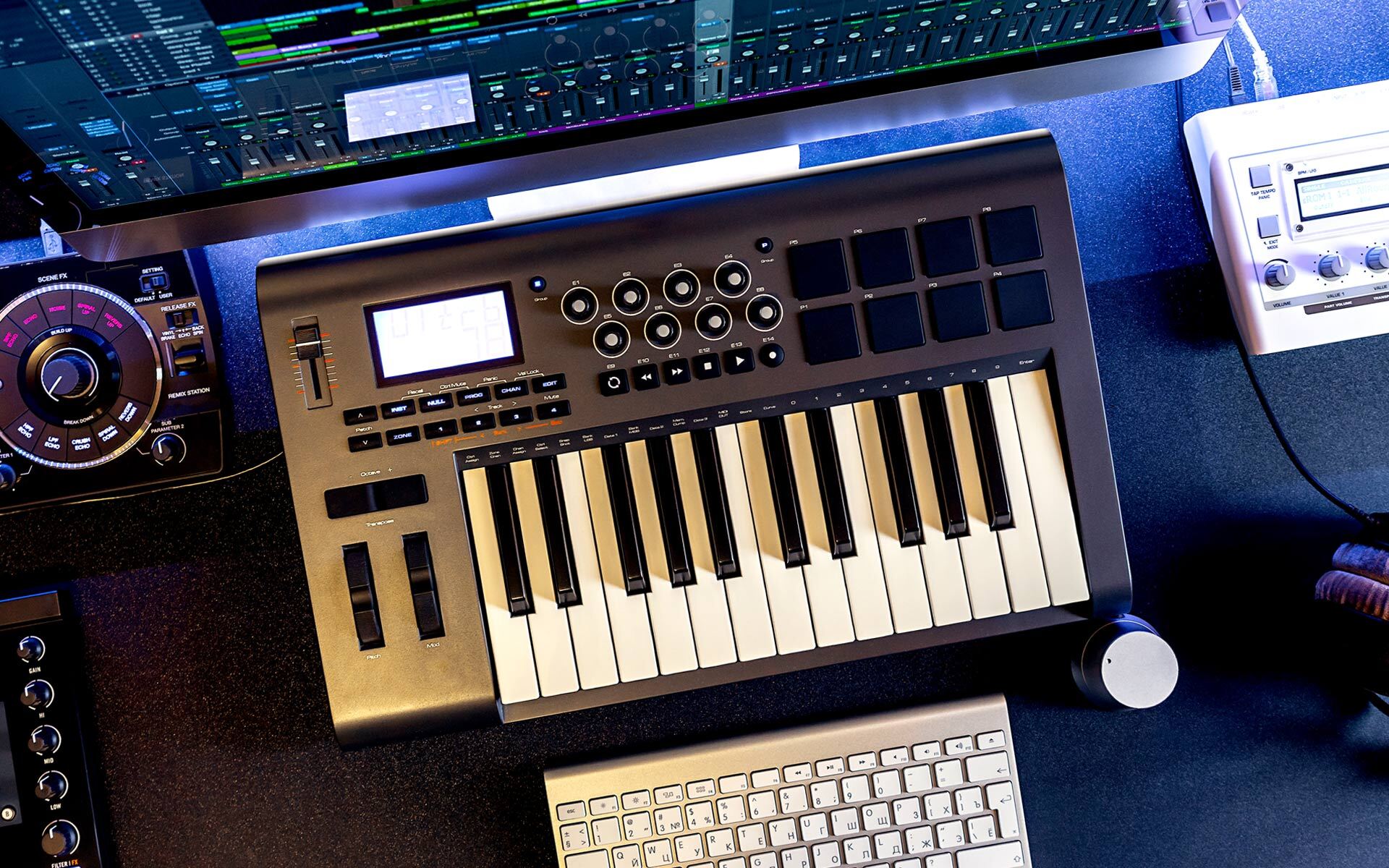It’s not unusual for inexperienced producers try to make their song sound as loud as possible before they’ve actually mixed their song. But in their defense, it’s difficult to imagine how your song will sound after a proper mix and final mastering job. So, the instinct is to try and make the song sound like the finished product before it’s even mixed. However, while you’re producing the song your focus should be on your orchestration and arrangement, save the mixing and mastering for after you’ve written and sound designed all the parts. Once you’ve arranged your song and then produced a good clean mix with nicely balanced frequencies and levels, trust that the loudness will come in the final mastering stage.
TAKE A BERKLEE ONLINE COURSE WITH ERIK HAWK!
Here’s a perfect example of how a song can evolve from the demo (the first 8 bars in the example below), to the final mix (the next 8 bars), and then the master (the last 8 bars). I first signed this song, “Funky Jellybeans”, to my label (Synchronized Music) as a demo. Then I mixed it directly in Reason using the artist’s (Soniferous) original session file. After we were happy with the mix, I mastered it in Pro Tools using the Waves Mastering plug-ins. You can hear how the mix goes from loud but muddy (the demo), to quite but clear (the mix), and then loud and clear (the master). In the SoundCloud thumbnail you can even see the song’s waveform evolve in the three versions (from top to bottom, demo, mix, and master). So remember to take each stage of the production process one step at a time, from the arrangement (writing and demo), to mixing, and mastering.
STUDY MUSIC PRODUCTION WITH BERKLEE ONLINE









